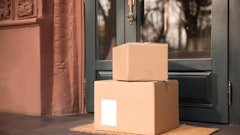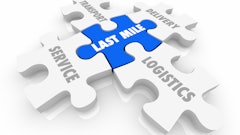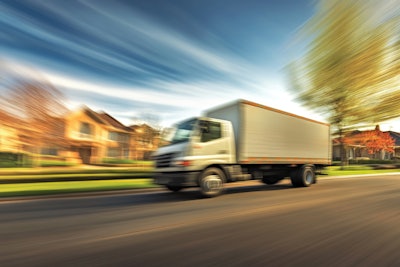
Consumer expectations are evolving rapidly. With an abundance of choices at their fingertips, consumers are looking for more than just quality– they demand control over when, where, and how their purchases arrive. As Amazon set the standard with two-day free shipping the expectation for fast, reliable, and transparent delivery has become a non-negotiable for merchants of all sizes. New data from UPS Capital found fast delivery options are driving consumer preferences, with 37% being significantly more likely to choose a retailer who can meet these demands.
To succeed in today’s competitive retail landscape, brands must leverage cutting-edge tools and technology to meet these demands. Enhancing the last mile with real-time updates, predictive analytics, and optimized routing can transform the delivery experience– making it not only faster but tailored specifically for consumer convenience.
Innovation in the Last Mile
For merchants, the last mile has become the defining moment of the customer experience. After all, it’s not the journey from manufacturer to storefront that gets consumers anxiously tracking their packages– it’s the final leg of the delivery. Unfortunately, it’s also the most challenging. The same UPS Capital survey found 60% of respondents said they would be unlikely to buy from a retailer again after a negative delivery experience, underscoring the high stakes involved in shipping.
The last mile also presents a range of unexpected challenges: traffic delays, detours, and other inefficiencies that can drive up costs and extend delivery windows. As a result, shipping and delivery technologies have become essential tools for retailers, enabling them to meet, and even exceed, customer delivery expectations.
Predictive Analytics for Route Optimization
Predictive analytics has revolutionized delivery logistics by allowing companies to anticipate potential bottlenecks and make real-time adjustments. By analyzing patterns in vast datasets, including owned historical data, predictive tools help delivery drivers navigate the fastest routes, even when unforeseen obstacles arise. This technology factors in variables such as traffic patterns, weather conditions, and more, enabling the selection of the most efficient path for each delivery. For consumers, this results in shorter wait times and increased reliability, while empowering merchants to confidently guarantee delivery windows.
Transparency Builds Trust
Few things frustrate a consumer more than a vague “en route” delivery status with no updates. With real-time tracking, shoppers can monitor their orders from warehouse to doorstep, receiving updates at every stage of the journey. Advanced GPS-enabled tracking systems offer detailed insights into a package’s current location and offer dynamic arrival estimates that adjust based on real-time factors. This transparency not only builds trust but also gives consumers the control they crave. Retailers benefit too: by providing greater visibility into order status, real-time tracking reduces the volume of customer inquiries, allowing customer service teams to focus on other high-priority tasks.
Convenience at the Forefront
Scheduling flexibility is increasingly becoming a key differentiator in last-mile delivery. Consumers value the ability to select specific delivery windows, helping them avoid missed packages, inconvenient delivery days and potential porch pirates. For instance, if a shopper knows they’ll be home in the evenings after work, they can schedule their delivery to align with that time. Advanced scheduling software makes this possible by automatically assigning time slots based on both consumer preferences and delivery capacity. This flexibility not only speeds up delivery but also ensures packages arrive when it’s most convenient for the consumer.
Benefits for Merchants: Cost Savings and Better CX
Investing in last-mile technology goes beyond meeting consumer expectations: it also creates significant competitive advantages for merchants. For example, route optimization software reduces fuel costs and enhances driver efficiency by eliminating unnecessary detours and optimizing delivery routes. Additionally, when consumers experience fast, reliable delivery, they’re more likely to make repeat purchases and develop stronger loyalty to the brand.
The Future of Last Mile Tech
As consumer expectations evolve, technology is advancing with innovative delivery solutions. Drones and autonomous vehicles, for example, are gradually becoming part of last-mile delivery networks, offering faster delivery times and contactless options. Meanwhile, AI-driven predictive analytics are enabling retailers to anticipate demand, identify peak delivery times and scale logistics operations accordingly.
The demand for speed and convenience will only continue to grow. With advanced shipping technology, merchants can enhance the delivery experience, providing greater customer satisfaction and fostering loyalty. For merchants, investing in last-mile technology not only improves operational efficiencies but also offers a powerful competitive advantage. As technology continues to evolve, the opportunities for merchants to meet and exceed consumer expectations will expand, one last-mile delivery at a time.





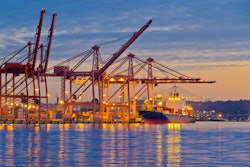

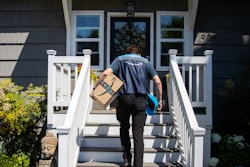
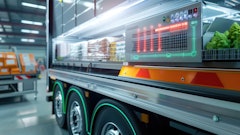


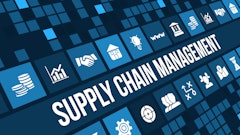
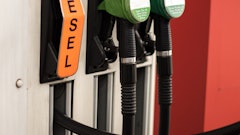
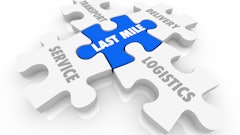
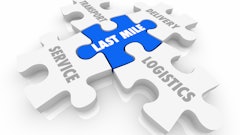
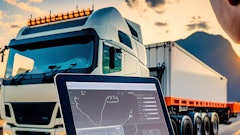
![Pros To Know 2026 [color]](https://img.sdcexec.com/mindful/acbm/workspaces/default/uploads/2025/08/prostoknow-2026-color.mduFvhpgMk.png?ar=16%3A9&auto=format%2Ccompress&bg=fff&fill-color=fff&fit=fill&h=135&q=70&w=240)
